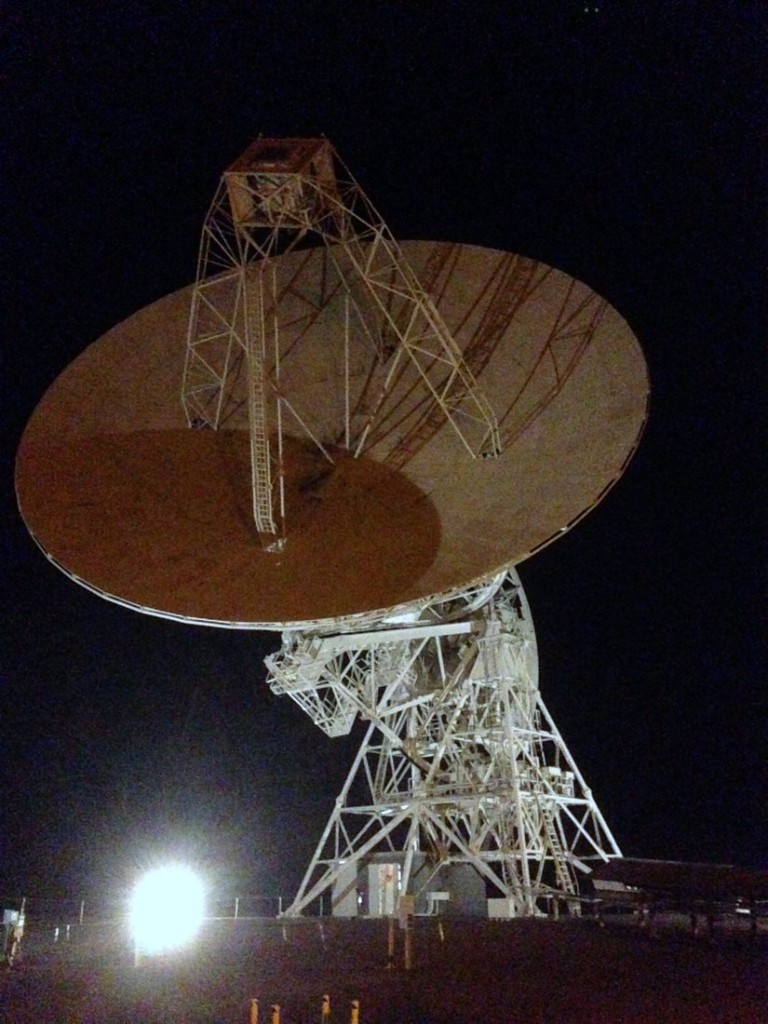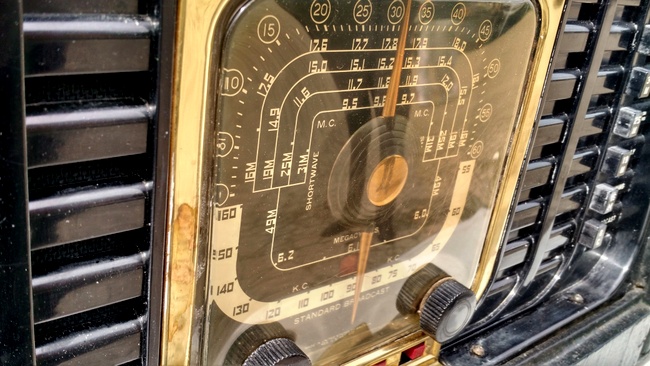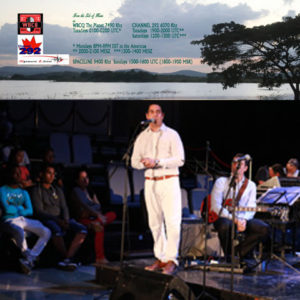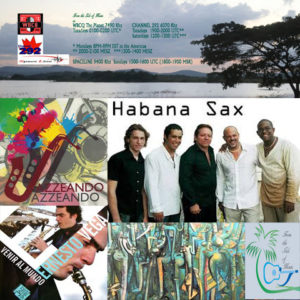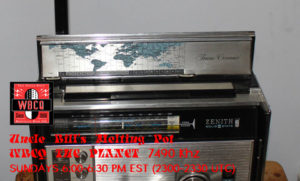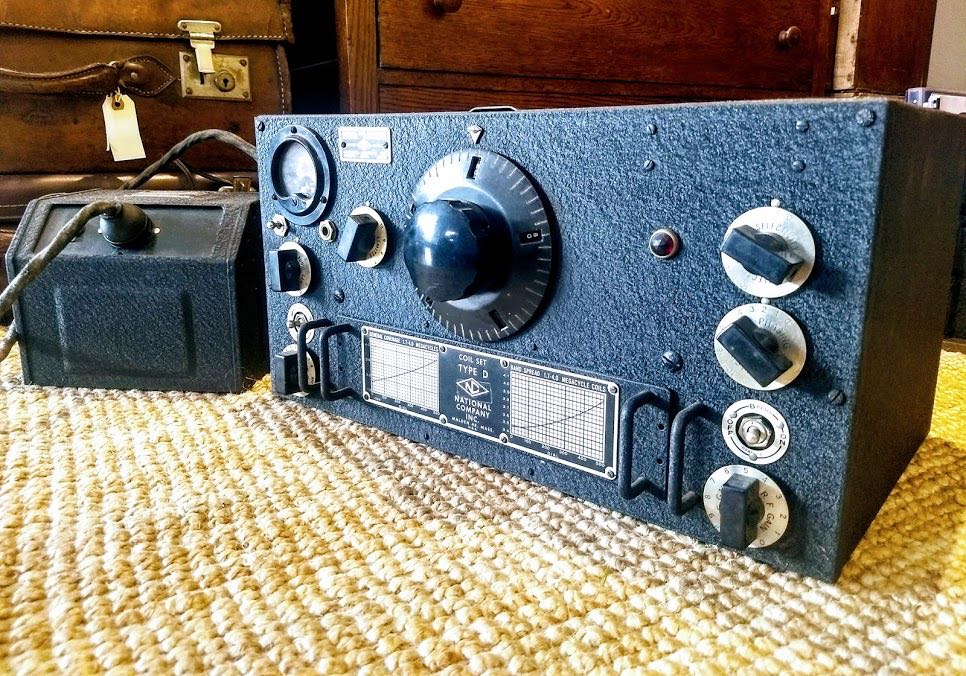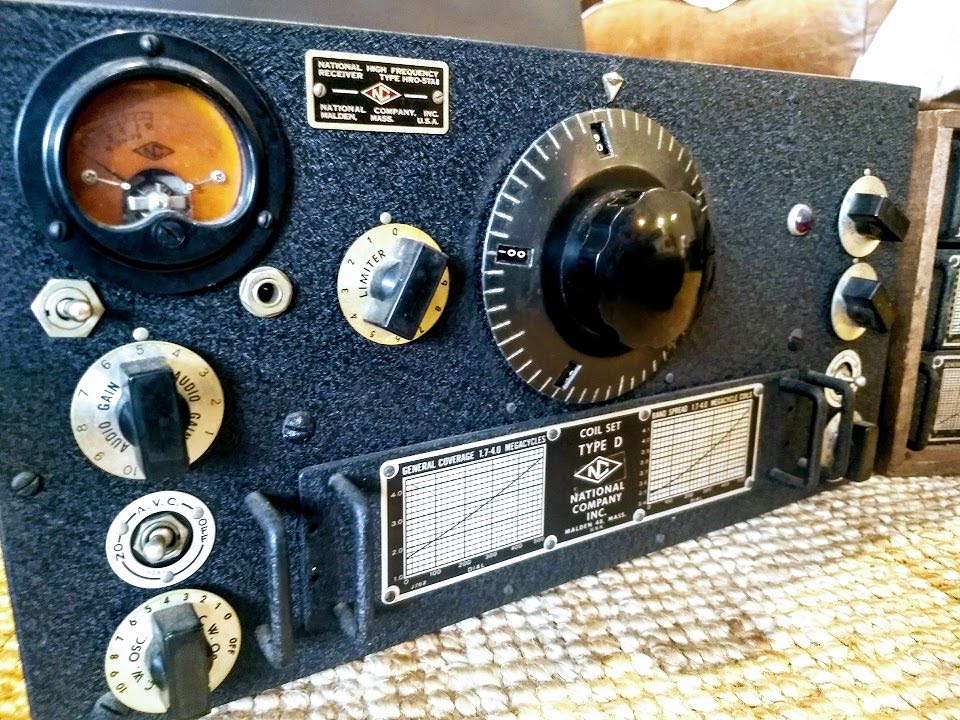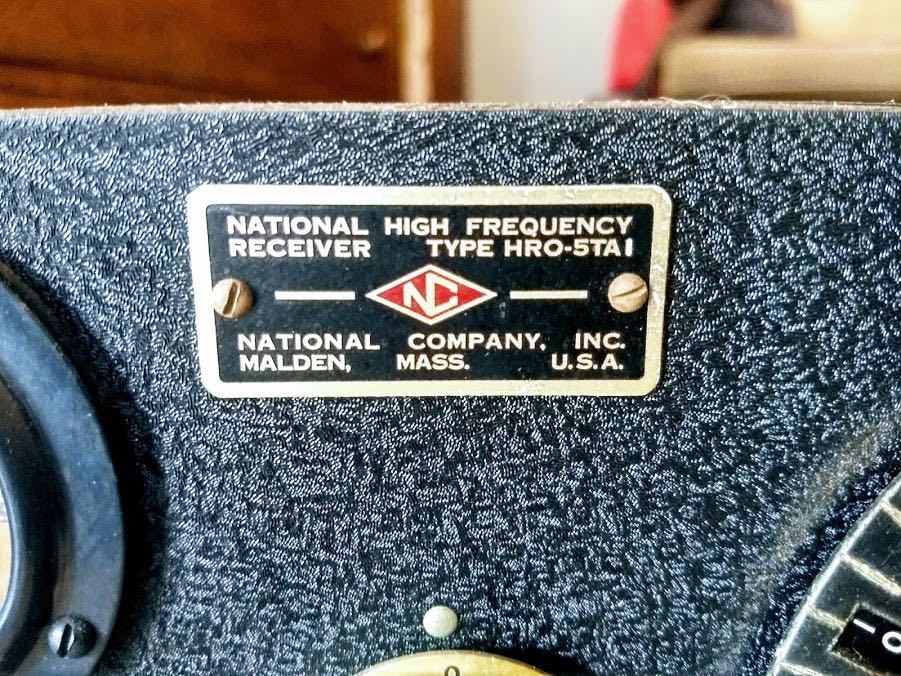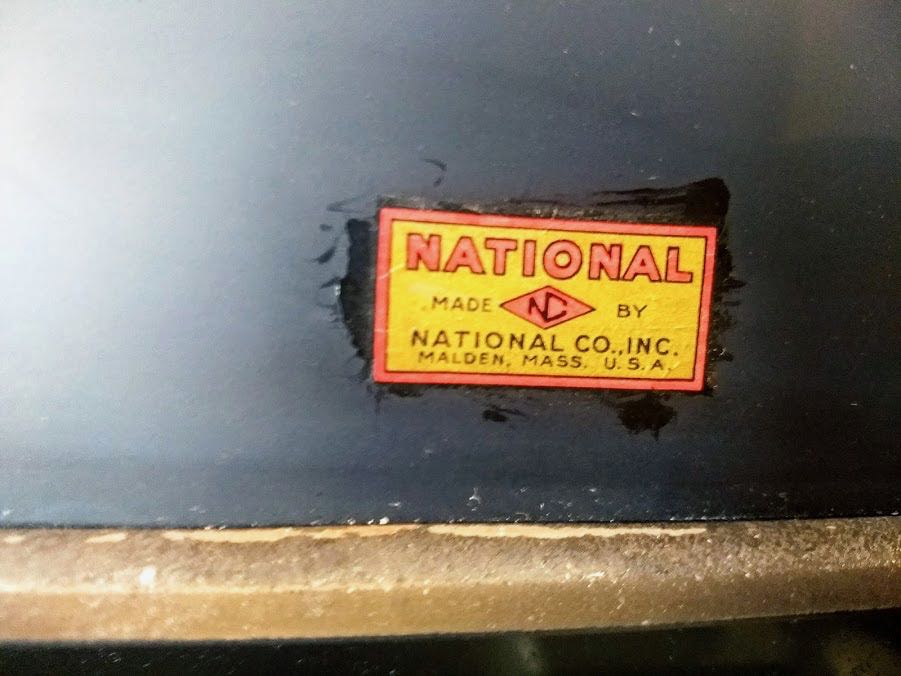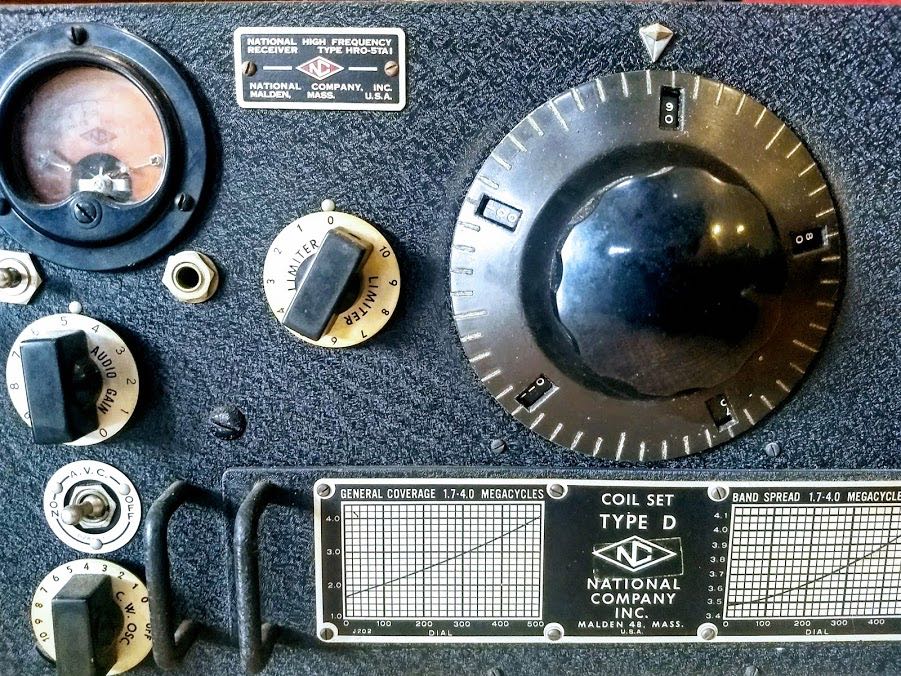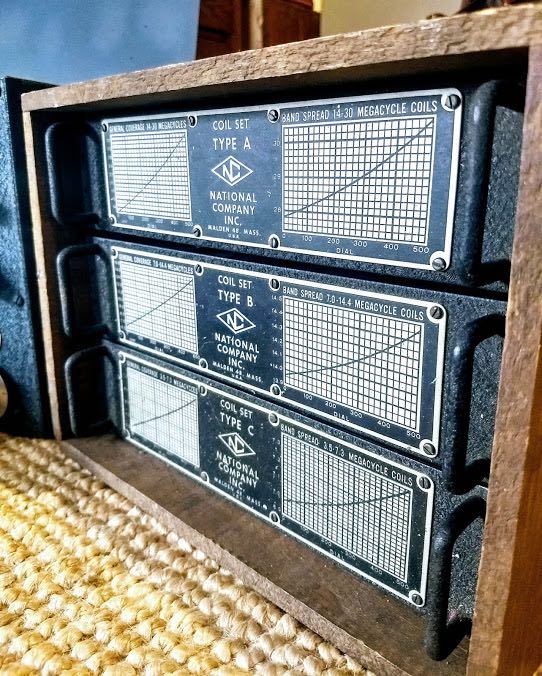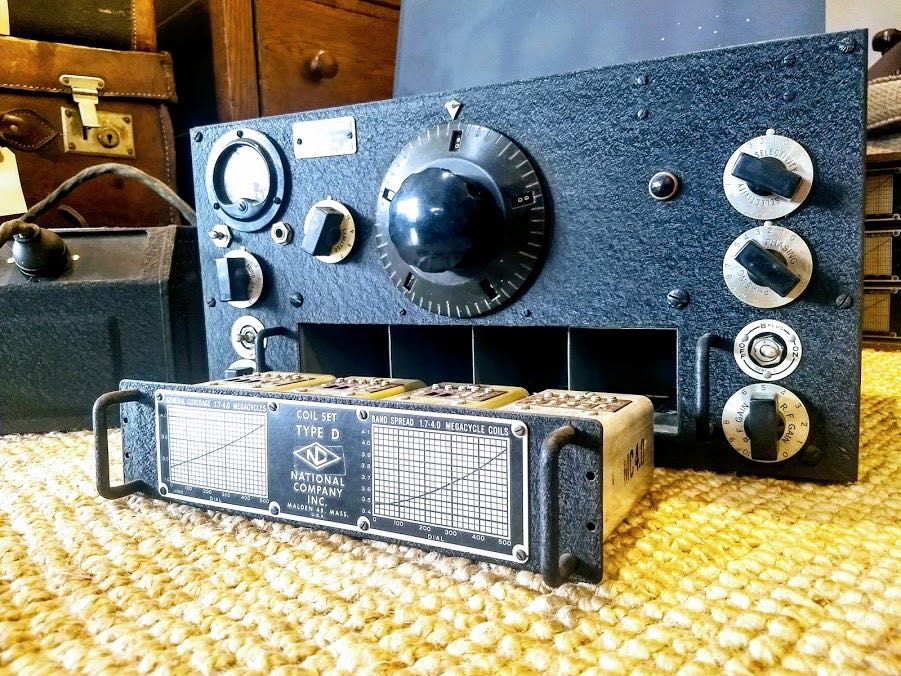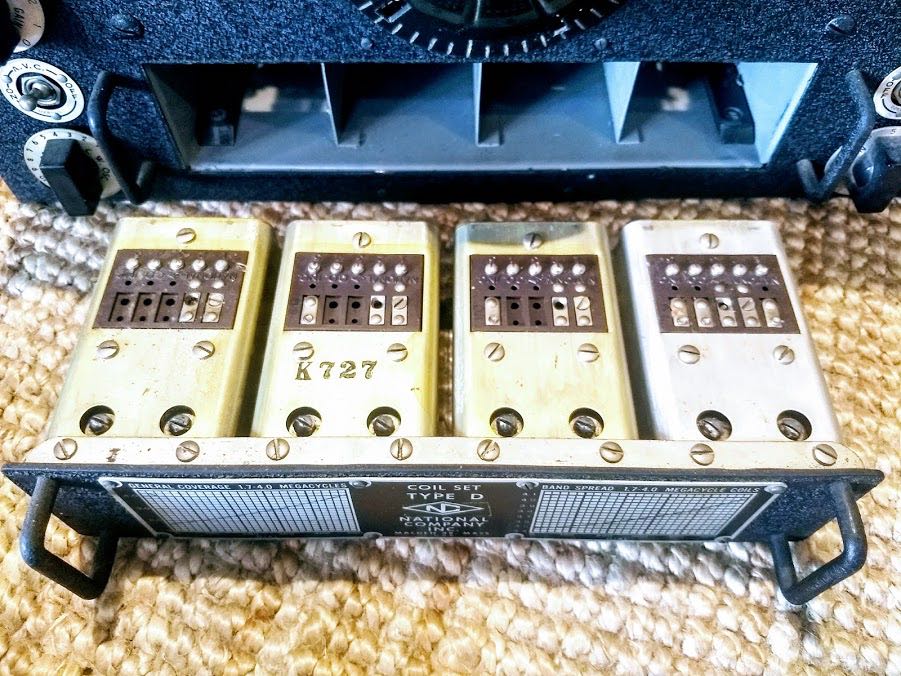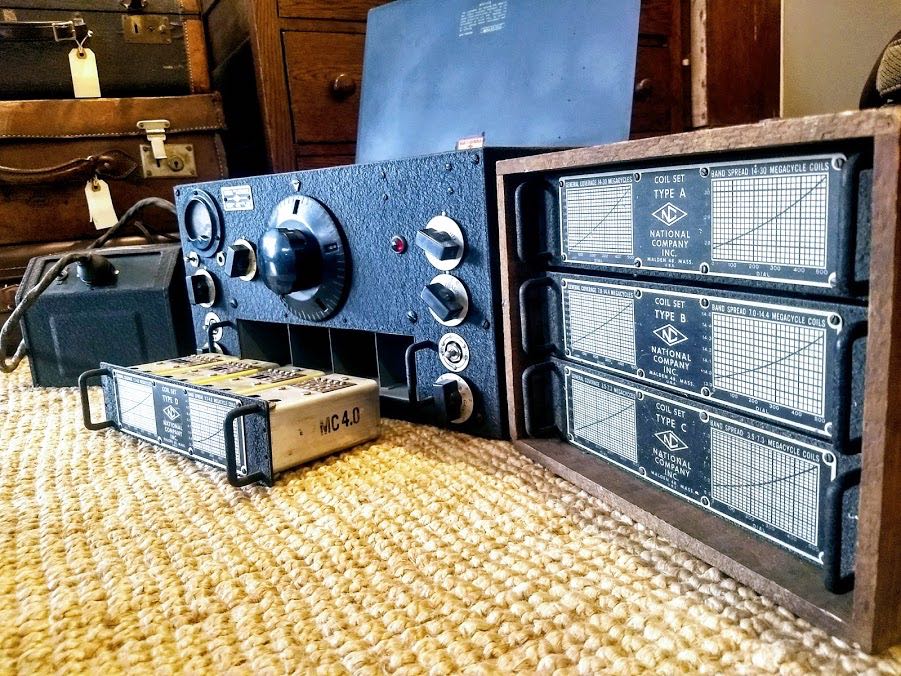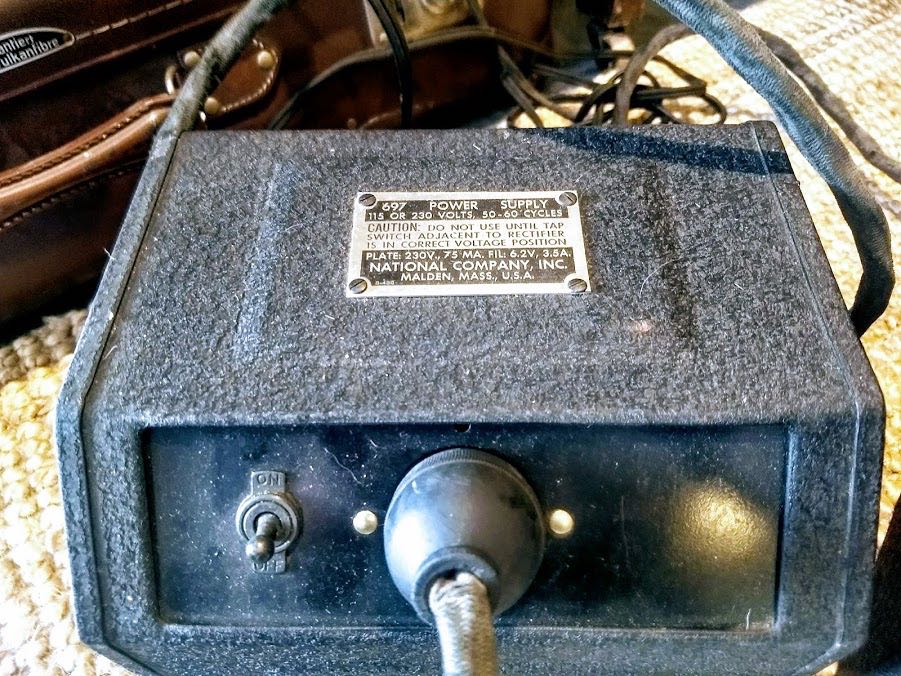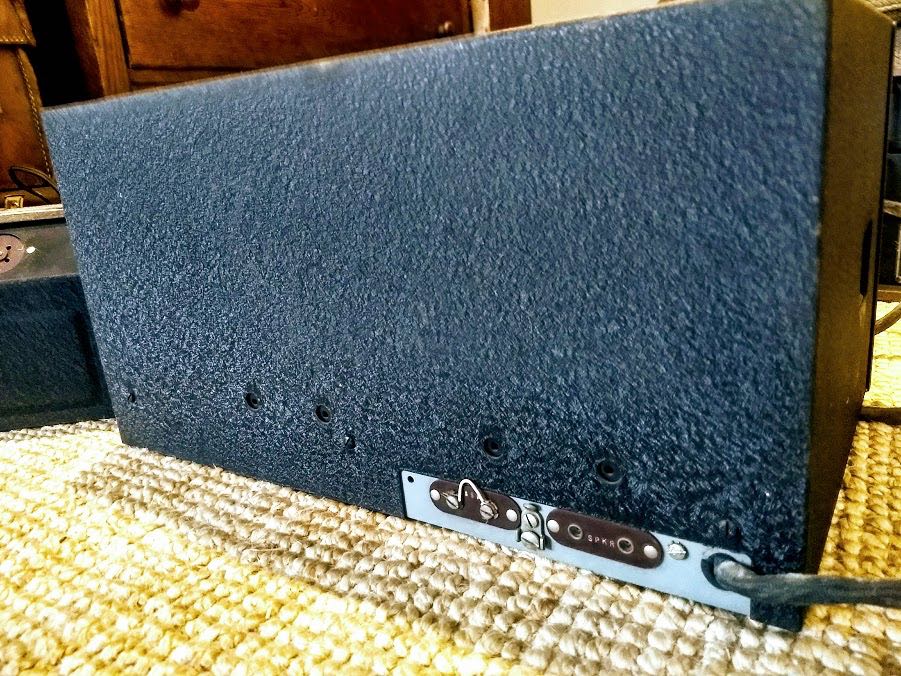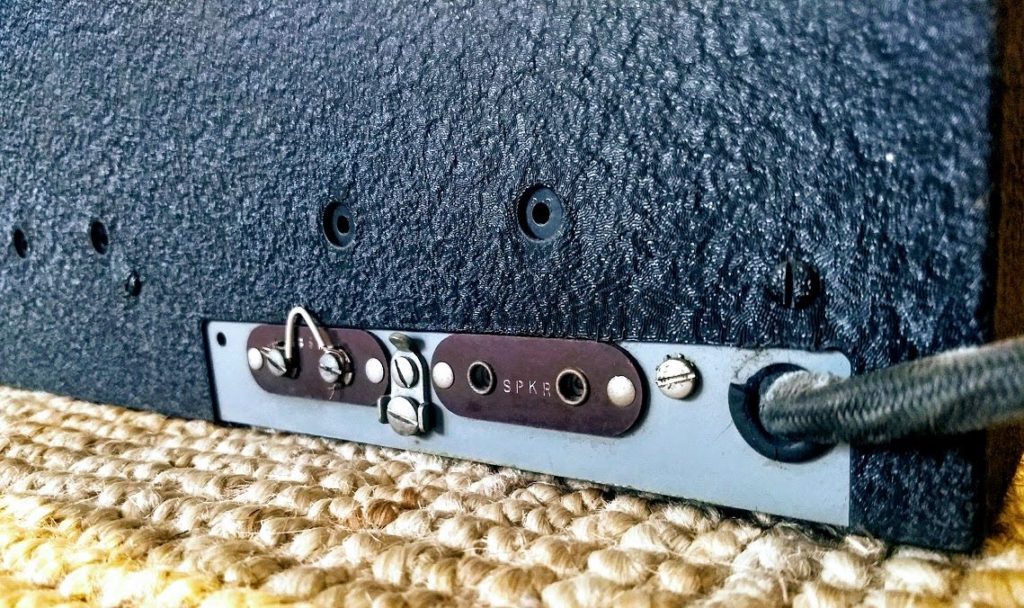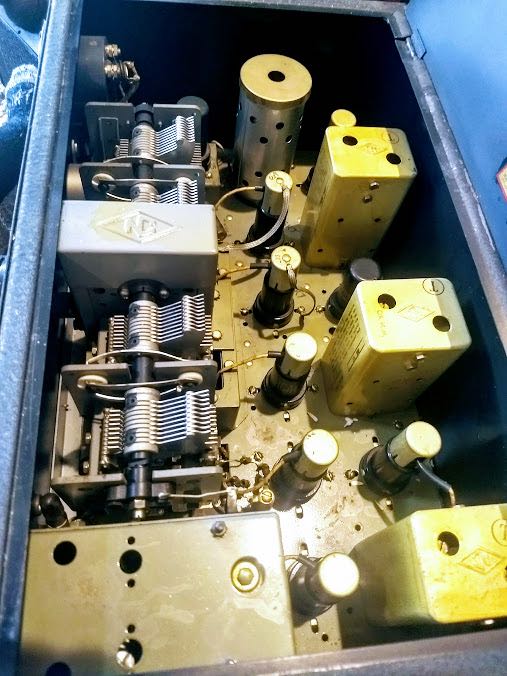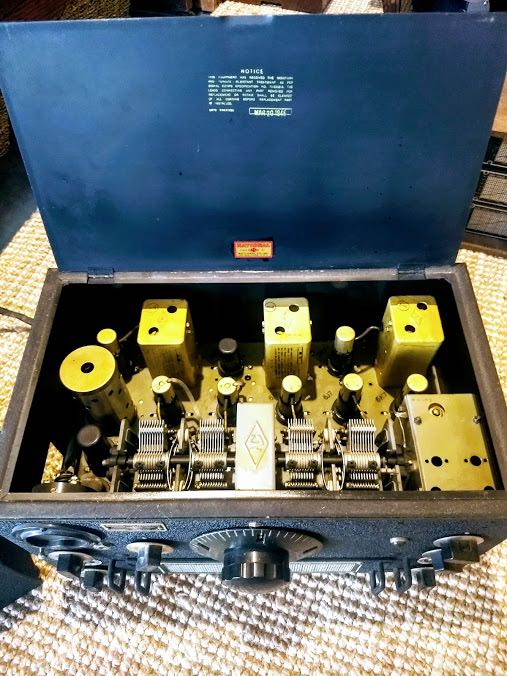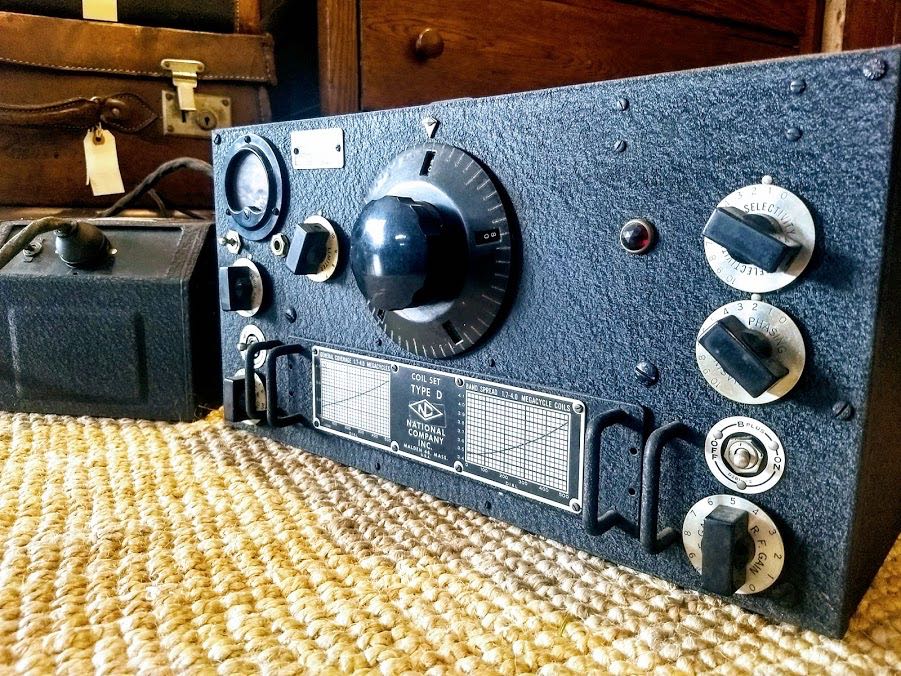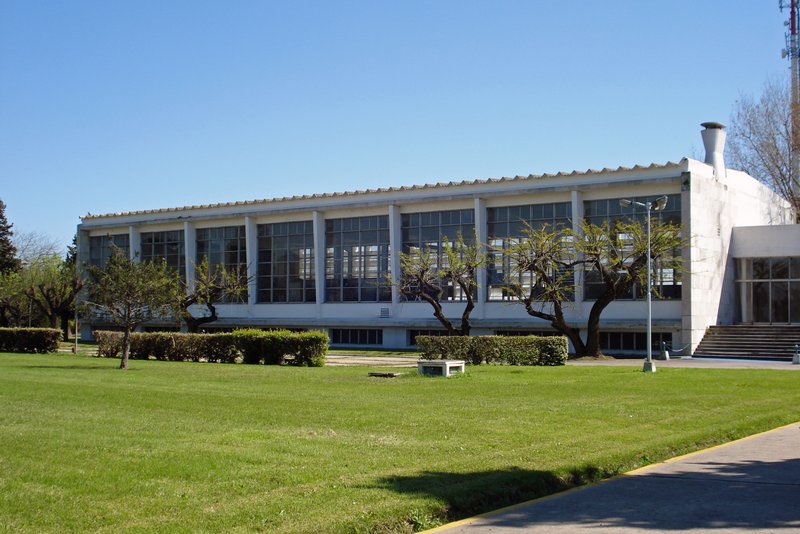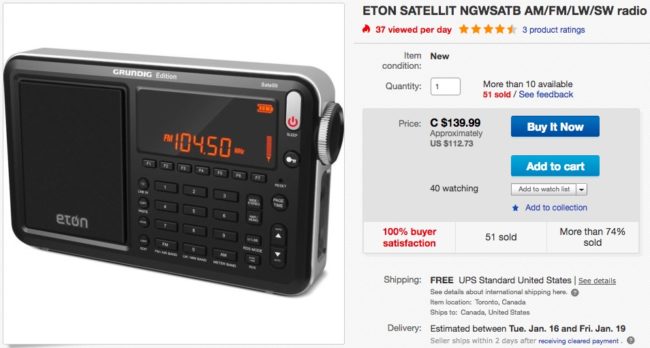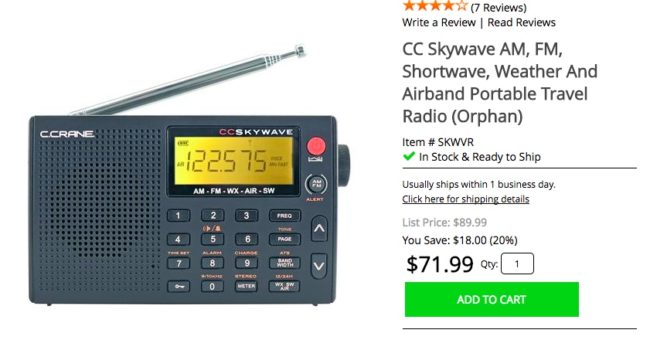Many thanks to SWLing Post contributor, Tom L, who writes:
I have been curiously surveying uses of radio in different areas of industry and Astronomy came up as a hot topic the last couple of years according to recent Google searches. Radio was a giant popular commercial success in the 1930’s and 1940’s. But Radio Astronomy was still in its infancy with military radar. A Bell Labs engineer (Karl Jansky) accidentally discovered signals coming from an unknown source. He and his mentor figured out that it was coming from the center of the Milky Way.
https://en.wikipedia.org/wiki/Radio_astronomy
Fast forward to today and it looks nothing like the early days. Computer control and very large arrays have made it possible to boost the wide-field resolution massively. We are now able to see molecules in space outside our solar system and filaments connecting star nurseries. Here are just a few recent articles that hint at major news coming from this field of study. If you have a science student interested and has the talent for Astronomy, Radio Astronomy promises to be on a variety of cutting edges of discoveries over the next few decades from local Space Weather, biological search, and how stars form.
- Snatching at the cradle of life
- Cosmic filament probes our galaxy’s giant black hole
- Astronomers make real-time, 3-D movies of plasma tubes …
Radio telescopes are essential to discovering “Galaxy Ecosystems”: Click here to download PDF.
Enjoy!
Thanks, Tom! I’ve been fascinated with radio astronomy since my undergraduate years in the early 1990s. I’m now a volunteer at the Pisgah Astronomical Research Institute (PARI) and have learned so much through their research. If you ever have the time, I would encourage you to visit PARI or one of the NROA sites like Green Bank or the Very Large Array. Well worth the detour! Thanks for sharing those articles!

